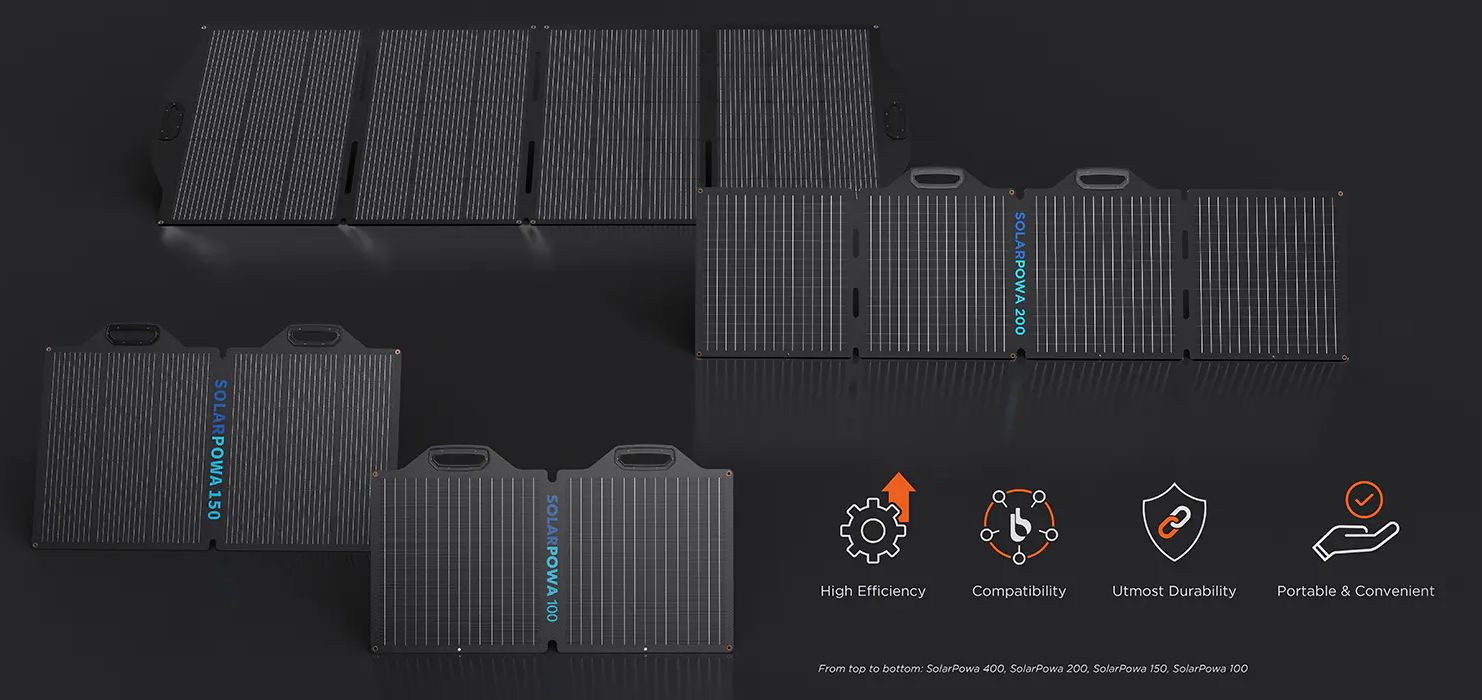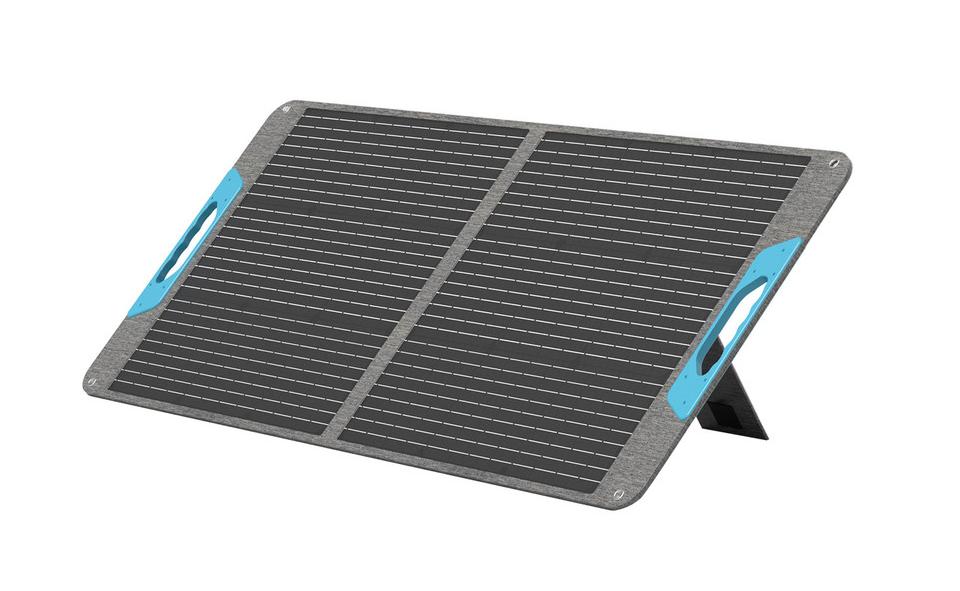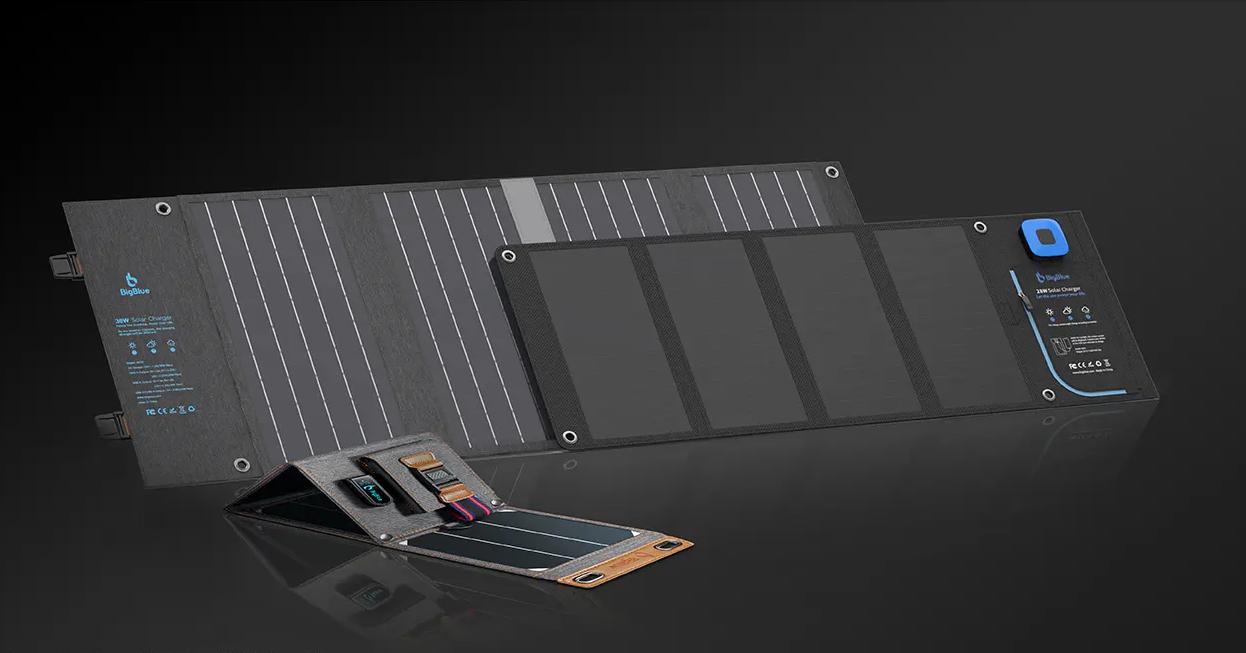Best Solar Battery Charger Options for Australians in 2025
In a country like Australia, where sunlight is often in good supply, it makes sense to harness it. Whether you're heading out on a road trip, camping off-grid, or just want a reliable way to keep batteries charged, a solar battery charger is a smart addition. The challenge is picking the right one—because not all panels are equal in output, size, or durability.
So, we've narrowed it down. In this guide, you'll find the best solar battery chargers for different lifestyles in 2025. Plus, we'll walk you through what matters most when choosing, and how to get the most out of your gear.
Key Factors to Consider When Selecting a Solar Battery Charger
Not all chargers are created equal — and the best one for you depends on your needs. Here's what to keep in mind:
1. Wattage Output
More watts = faster charging, but only if your battery can handle it.
For casual use, 20–40W is fine. If you're recharging 12V deep-cycle batteries or larger devices, look at 100W+.
2. Compatibility
Some panels are USB-only (for phones or tablets), while others include DC, MC4, or Anderson plugs to connect with larger systems -- like power stations or 12V deep-cycle batteries. If you're using a high-capacity unit, make sure the panel voltage and connectors match your setup.
3. Portability
If you're always on the move—camping, hiking, or road-tripping—go for a foldable or roll-up panel under 3kg. Bifacial and suitcase-style panels work better for home, vehicle, or basecamp use.
4. Charge Controller Included
Some kits include a charge controller, which regulates voltage and protects your battery from overcharging. If you're using lithium or AGM batteries, this matters a lot.
5. Durability and Weather Resistance
In Australia, UV exposure and sudden rain are real considerations. Look for IP65 or IP68 ratings, and if possible, panels with ETFE lamination for better long-term performance.
Tips for Maximizing Solar Charging Efficiency
Charging with solar isn't just "plug in and wait." A few smart tweaks can help you get more out of each watt.
Angle toward the sun: In most Aussie locations, face panels north, tilted at roughly your latitude (e.g., 33°in Sydney).
Avoid partial shading: Even a small shadow from a branch or antenna can cut power dramatically.
Keep panels clean: Dust buildup can reduce output by up to 20%.
Use with MPPT controllers: These track the sun and convert extra voltage into usable current—worth the cost if you're charging larger batteries.
Charge in cooler hours: Panels get less efficient when overheated. Early morning or late afternoon can sometimes outperform midday scorchers.
Best Solar Battery Chargers in 2025
Here's a quick look at five standout solar battery chargers available in Australia, each with its own edge depending on how you use solar.
EcoFlow 125W Bifacial Modular Solar Panel
The best solar battery charger in 2025 should balance power, flexibility, and build—and EcoFlow 125W Bifacial Modular Solar Panel does just that. Its modular setup lets you scale up to 1000W using eight connected units, ideal for home or RV setups. With up to 25% conversion efficiency and durable TOPCon cells, it still performs under cloud or heat. We appreciated the adjustable angle (30–60°) which made real-time sun tracking easy—especially on uneven terrain. It's light enough to move around, but sturdy with IP68 waterproofing. The 5-year warranty and 30-year cell lifespan give real peace of mind.
EcoFlow 125W Bifacial Modular Solar Panel
BigBlue SolarPowa 150 Foldable Solar Panel
For outdoor users, the best portable solar charger must be lightweight, rugged, and ready for anything—this one nails it. Weighing just 8.8lbs, it folds up fast and feels ready for road trips, hikes, or power outages. The N-type cells handle heat well, and we have strong output even under patchy clouds. Kickstands made it easy to angle toward the sun, though the lack of included cables for parallel setups was a small letdown. Still, the panel's wide adapter compatibility and waterproof design make it a solid choice for adventurers or anyone living the off-grid lifestyle.

Renogy 100W Foldable Solar Panel
If you're after the best solar battery charger 12v for easy setup and solid build, Renogy's suitcase kit is worth a look. The plug-and-play design works well with 12V batteries, making it a practical pick for RV users or cabin owners. We liked the sturdy aluminum frame and the included waterproof charge controller, though the 22% efficiency is lower than some rivals. It folds up nicely and feels built to last, but it's heavier and bulkier than more travel-focused options. Still, for users wanting a reliable power boost without fiddling with cables or custom gear, it delivers consistency where it counts.

BigBlue SolarPowa 28
For backpacking or day hikes, the best portable solar battery charger has to be the BigBlue SolarPowa 28. It’s compact, foldable, and highly efficient—delivering up to 25.4% conversion with upgraded solar cells. We especially like how it pairs well with any solar battery charger power bank, making it ideal for extended hikes, remote work, or emergency kits. The built-in ammeter gives you real-time feedback so you can optimize placement based on sunlight. While the USB ports aren’t waterproof, the durable PET polymer surface and IPX4-rated panels hold up well outdoors. With smart IC tech for fast device detection and dual USB outputs, it’s a grab-and-go solution that works just as well clipped to a backpack as it does on a picnic table.

BioLite Solar Panel 100
Portability meets smart design in what might be the best portable solar charger for modular home and travel setups. BioLite's panel includes USB-A, USB-C PD, and HPP ports, making it compatible with a range of devices. The built-in sundial and kickstand simplified solar alignment, though it took a minute to adjust just right. You can daisy-chain up to four panels, which is great—but only if you're invested in the full BioLite ecosystem. We liked the sturdy ETFE coating and rear pouch for cable storage, but the panel's compact build might not suit high-demand charging without some added support.

Conclusion
Choosing the best solar battery charger in 2025 isn't just about finding the most powerful panel—it's about finding the right fit for how and where you'll use it. Whether you're setting up for off-grid backup, topping up a caravan battery, or just need a reliable USB charger in your backpack, there's a solution out there that meets your needs without overcomplicating things.
At EcoFlow, we've seen a growing number of Australians take energy independence into their own hands. With smart solar chargers and efficient portable solar panels, it's easier than ever to stay powered wherever you go.
FAQs
Are solar battery chargers any good?
Yes, especially if you're using them in Australia. With plenty of sun and high-efficiency panels available, a solar battery charger can keep your phones, cameras, and even 12V batteries powered without needing grid electricity. They're perfect for camping, emergencies, or off-grid living.
Is a 5kW or 10kW solar battery better?
It depends on your energy needs. A 5kW system is often enough for small households or occasional use. If you're off-grid or have higher daily usage (like running multiple appliances), a 10kW system provides more storage and longer independence. Just keep in mind — bigger systems cost more upfront.
Can I leave a solar battery charger on all the time?
If your panel includes a built-in charge controller or you're using an MPPT setup, yes, it's safe to leave it connected. These controllers prevent overcharging or draining. But if you're using a basic solar panel without protection, disconnect once your battery's full.
How long will a 100W solar panel take to charge a 12V battery?
A 100W panel produces roughly 5.5A/hour in full sun. To charge a 12V 100Ah battery from 50% to full, expect about 9–10 hours of good sunlight. Conditions like angle, weather, and shading can affect that estimate. Using an MPPT charge controller can speed things up slightly.